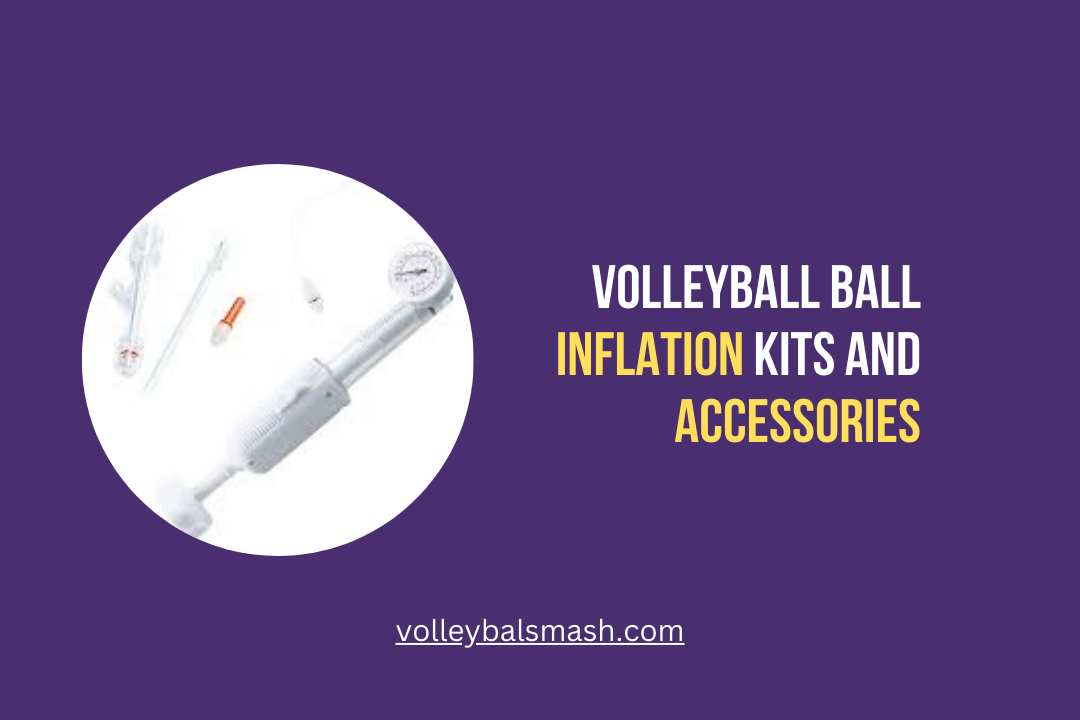Have you ever wondered about the aerodynamics of a volleyball ball? Understanding the aerodynamics of a volleyball ball can provide valuable insights for players and coaches alike. In this blog post, we will delve into the physics behind the flight of a volleyball ball, discussing the factors that influence its trajectory, spin, and speed. By gaining a deeper understanding of the aerodynamics of a volleyball ball, you can improve your game and make more strategic decisions on the court.

The Volleyball: Composition and Structure
Any volleyball player knows that the design and composition of the ball can significantly affect its flight path and overall aerodynamics. In fact, the Physics holds the secret to volleyball’s highly unpredictable float serve, as discussed in a study by Ars Technica. This means that understanding the composition and structure of the volleyball is crucial in mastering the game and achieving powerful and precise plays.
Material and Design Considerations
When it comes to the composition of the volleyball, the material and design considerations play a crucial role in determining its flight characteristics. Volleyballs are typically made of synthetic materials such as polyurethane or leather, which are chosen for their durability and ability to maintain consistent flight patterns. Additionally, the internal structure of the ball, including the number of panels and the method of construction, can also impact its aerodynamics. The design of the ball is carefully engineered to ensure optimal performance, giving you the confidence to execute your plays with precision.
Impact of Surface Textures on Ball Flight
The surface texture of the volleyball can have a significant impact on its flight path. The small dimples and ridges on the surface of the ball create turbulence in the air, affecting the drag and lift forces acting on the ball. By understanding how these surface textures influence the ball’s trajectory, you can better anticipate its movement and make strategic plays to outmaneuver your opponents. Whether you’re serving, spiking, or setting, knowing how the surface textures affect the ball’s flight can give you a competitive edge on the court.
Principles of Aerodynamics in Volleyball
Obviously, the aerodynamics of a volleyball play a crucial role in its movement through the air and ultimately, its trajectory. Understanding the principles of aerodynamics can provide insight into the behavior of the ball and how it interacts with the surrounding air. This knowledge can be leveraged to improve your volleyball skills, whether you’re a player, coach, or simply a fan of the game.
The Bernoulli Principle and Lift Force
When a volleyball is in motion, the air around it creates a thin boundary layer, which is a region of slower moving air. According to the Bernoulli Principle, as the volleyball moves forward, the air pressure on the front of the ball is slightly higher than the pressure behind it, creating lift force. This lift force causes the ball to move in an upward direction, which is why a well-executed serve appears to ‘float’ over the net before dropping quickly. Understanding how the Bernoulli Principle affects the ball’s movement can improve your ability to predict and anticipate its trajectory, allowing you to position yourself more effectively on the court.
Drag Forces and Volleyball Trajectories
Drag forces, which are the air resistance acting against the motion of the volleyball, also play a significant role in determining its trajectory. As the ball moves through the air, it experiences drag forces that can influence its speed and direction. For instance, when you make contact with the ball during a spike, the drag forces will affect how the ball travels through the air and ultimately where it lands on the opposing team’s court. Understanding the impact of drag forces on the volleyball’s trajectory can help you adjust your technique to maximize your hitting power and accuracy.
Handcrafted volleyball balls – are they worth it?
Techniques to Optimize Volleyball Aerodynamics
Lastly, let’s explore some techniques to optimize volleyball aerodynamics. By mastering these techniques, you can improve the efficiency and effectiveness of your volleyball game.
Serving Dynamics and Ball Rotation
When it comes to optimizing volleyball aerodynamics, serving dynamics and ball rotation play a crucial role. The way you serve the ball and the spin you put on it can significantly affect its aerodynamics. By mastering different serving techniques and understanding how to control the rotation of the ball, you can manipulate its flight path and make it more challenging for your opponents to receive.
The Role of Environmental Factors on Ball Movement
Environmental factors such as air temperature, humidity, and altitude can also impact the aerodynamics of a volleyball. The density of the air and the presence of wind can alter the ball’s trajectory and speed. Additionally, the surface on which the game is being played can influence how the ball moves through the air. Consider how temperature, humidity, wind, and playing surface can impact the movement of the volleyball in different conditions.
- High temperature can make the air less dense, causing the ball to travel faster.
- Humidity can affect the grip and flight of the ball, especially during serving and setting.
- Wind can push or carry the ball in different directions, making it more unpredictable.
- The playing surface, whether it’s indoor or outdoor, can impact the ball’s bounce and movement.
Assume that you are playing in varying environmental conditions, it’s essential to consider how these factors may affect the aerodynamics of the volleyball and adjust your play accordingly. By understanding and adapting to these environmental influences, you can optimize your volleyball game and gain a competitive edge over your opponents.
Advanced Topics in Volleyball Aerodynamics
Now that you understand the foundational principles of volleyball ball aerodynamics, let’s delve into some advanced topics that are crucial for a deeper understanding of the science behind it.
| Topic | Details |
| Tokyo 2020: Volleyball Aerodynamics | This article provides a comprehensive analysis of the aerodynamics of the volleyball used in the Tokyo 2020 Olympics. It discusses the various factors that influence the flight of the ball, including spin, drag, and the impact of air pressure at different altitudes. The analysis offers valuable insights into the behavior of the ball during gameplay, shedding light on the strategies players can employ to maximize their performance. |
Computational Fluid Dynamics (CFD) Simulations
Computational Fluid Dynamics (CFD) simulations play a crucial role in gaining a deeper understanding of the aerodynamics of volleyball balls. Through CFD, you can simulate the flow of air around the ball and analyze the complex interactions that dictate its flight path. These simulations provide you with valuable data on the forces acting on the ball, allowing you to optimize your strategies and techniques for more precise and powerful plays.
Empirical Studies and Experimental Methods
Empirical studies and experimental methods are essential for a comprehensive grasp of volleyball ball aerodynamics. By conducting controlled experiments and collecting empirical data, you can gain valuable insights into the behavior of the ball under different conditions. This hands-on approach allows you to identify the most effective techniques for generating spin, controlling the trajectory, and harnessing the aerodynamic properties of the ball to your advantage. By leveraging empirical studies and experimental methods, you can elevate your game and outmaneuver your opponents with unparalleled precision and finesse.
Eco-friendly volleyball ball options
Summing up the Science Behind Volleyball Ball Aerodynamics
Now that you understand the science behind volleyball ball aerodynamics, you can use this knowledge to improve your game. By understanding how air affects the trajectory and speed of the ball, you can adjust your technique to optimize your serves, spikes, and passes. Whether you are a beginner or a seasoned player, knowing the scientific principles at play can give you a competitive edge on the volleyball court.
FAQ
What is the science behind volleyball ball aerodynamics?
Volleyball ball aerodynamics is the study of how air interacts with the ball as it moves through the air. Factors such as air pressure, spin, and surface texture all play a role in the ball’s trajectory and flight. Understanding these principles is crucial for players and coaches to optimize their performance on the court.
How does air pressure affect the flight of a volleyball?
The air pressure inside the volleyball affects its stability and flight path. A ball with higher air pressure will have a firmer feel and will typically travel with more speed and a straighter trajectory. Conversely, a ball with lower air pressure may have more unpredictable movement and may be easier to control for certain types of spins and serves.
What role does spin play in volleyball ball aerodynamics?
Spin is a critical factor in volleyball ball aerodynamics. When a ball is struck with spin, it creates a pressure difference on either side of the ball, causing it to curve in the direction of the spin. Topspin can make the ball dip quickly, making it difficult for opponents to predict its trajectory, while backspin can increase the hang time of the ball, allowing for more precise placement on the court.










